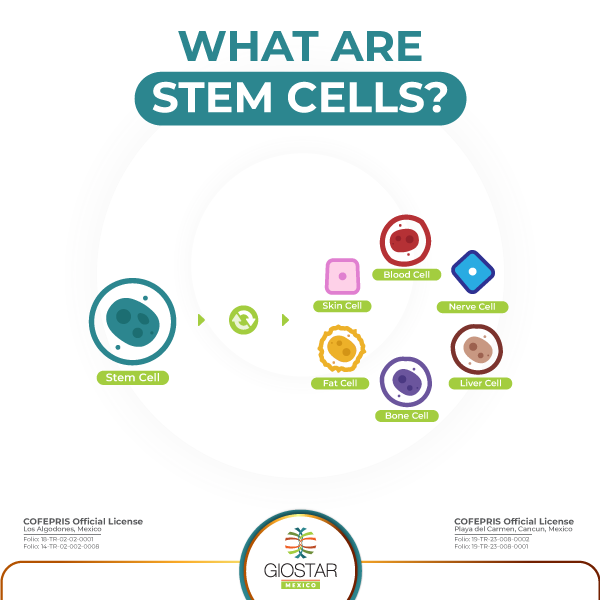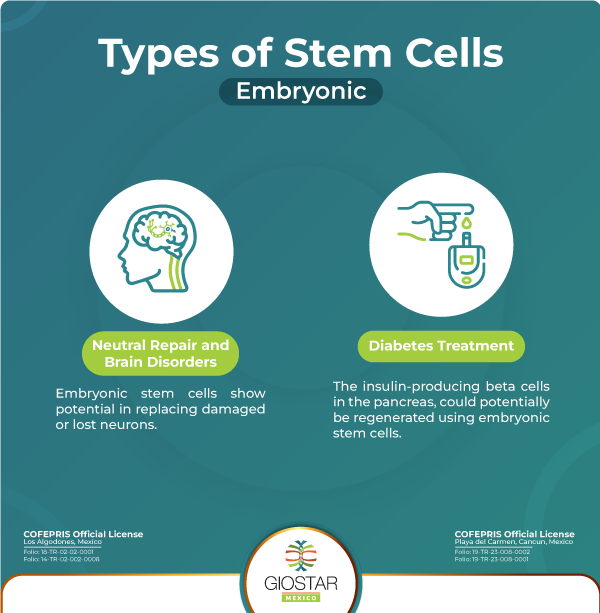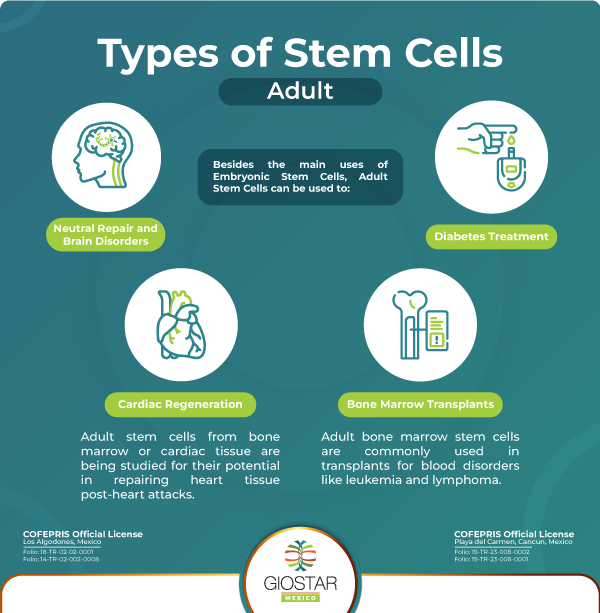Stem Cells: Where Do They Come From?
Not many people truly understand what stem cells are or where they come from, and that’s why we’re here. Found in bone marrow, umbilical cord tissue, and fat, stem cells have the power to repair and regenerate damaged tissues, offering new hope in regenerative medicine. Together, we’ll explore the types of stem cells, the latest research, and how stem cell therapies and transplants are helping treat conditions like arthritis, autoimmune disorders, neurological diseases, and chronic illnesses.What are Stem Cells?
But first, let’s take a closer look at these remarkable cells that make regeneration possible. In the fascinating world of regenerative medicine, stem cells have become vital players, holding the key to repairing and rejuvenating our bodies from within. Often called the body’s building blocks, they have a unique ability to differentiate into various cell types and replace damaged or aging tissues. Their power lies in their regenerative capabilities, making them essential in stem cell therapy for a wide range of medical conditions. Think of stem cells as the architects of healing, capable of forming tissues and organs such as skin, muscle, nerves, and blood cells. These extraordinary cells exist in different forms, including embryonic stem cells, adult stem cells, and induced pluripotent stem cells, each with distinct characteristics and therapeutic potential. Whether used in autologous or allogeneic stem cell transplants, stem cells are driving the future of personalized and regenerative medicine, transforming the way we approach healing and recovery.
How Many Types of Stem Cells Are There?
When it comes to regenerative medicine, not all stem cells are the same. Each type offers unique benefits and possibilities for healing. By exploring the types of stem cells and learning about the pros of stem and adult stem cells, we can better understand how they’re reshaping modern therapies.1. Embryonic Stem Cells (ESCs)
Known as the “blank slate” of regenerative medicine, embryonic stem cells are derived from early-stage tissue and can develop into almost any cell type in the body. Their pluripotent nature makes them powerful tools for research and therapy, though they raise ethical concerns due to how they’re obtained.Pros of embryonic stem cells:
- High pluripotency: Embryonic stem cells can develop into almost any cell type in the body, making them incredibly valuable for research and regenerative medicine.
- Unlimited self-renewal: They can divide and reproduce indefinitely under the right lab conditions, providing a consistent source of cells for study and therapy development.
- Crucial for scientific discovery: ESCs help researchers understand early human development, genetic diseases, and the mechanisms behind cell differentiation and tissue regeneration.
Main applications include:
- Neural Repair and Brain Disorders: ESCs may help replace damaged neurons in Parkinson’s and Alzheimer’s disease, supporting brain repair and improving cognitive function.
- Diabetes Treatment: By regenerating insulin-producing beta cells, ESCs could help restore insulin levels and improve outcomes for patients with Type 1 and Type 2 diabetes.

2. Adult Stem Cells (ASCs)
Adult stem cells, found in tissues like bone marrow, adipose (fat), and muscle, specialize in maintaining and repairing their tissue of origin. These multipotent cells are widely used in stem cell transplants and are considered one of the safest and most accessible options in stem cell therapy.Pros of adult stem cells:
- Lower risk of rejection, especially in autologous transplants (using the patient’s own cells).
- Fewer ethical concerns compared to embryonic sources.
- Already used successfully in bone marrow transplants and other treatments.
Main applications include:
- Cardiac Regeneration: ASCs from bone marrow are being studied to repair heart tissue after heart attacks and support new blood vessel formation.


